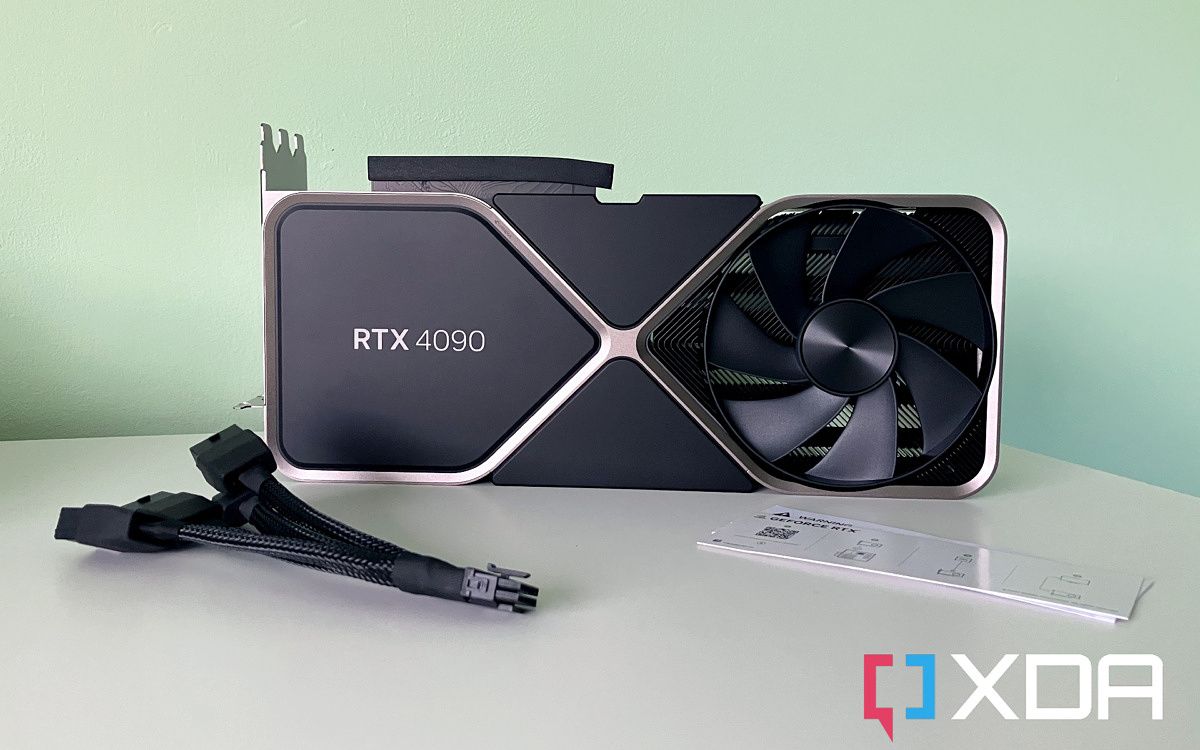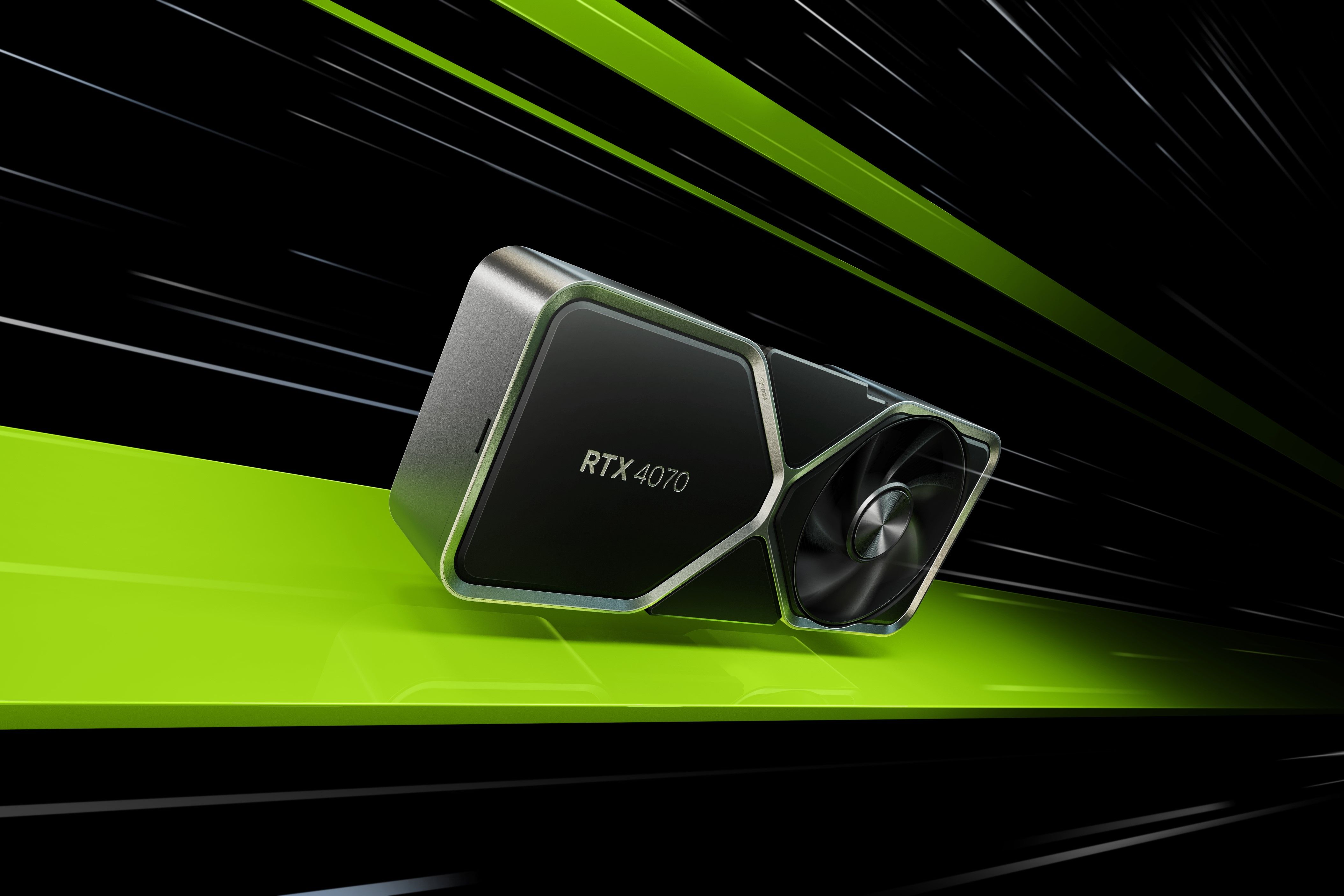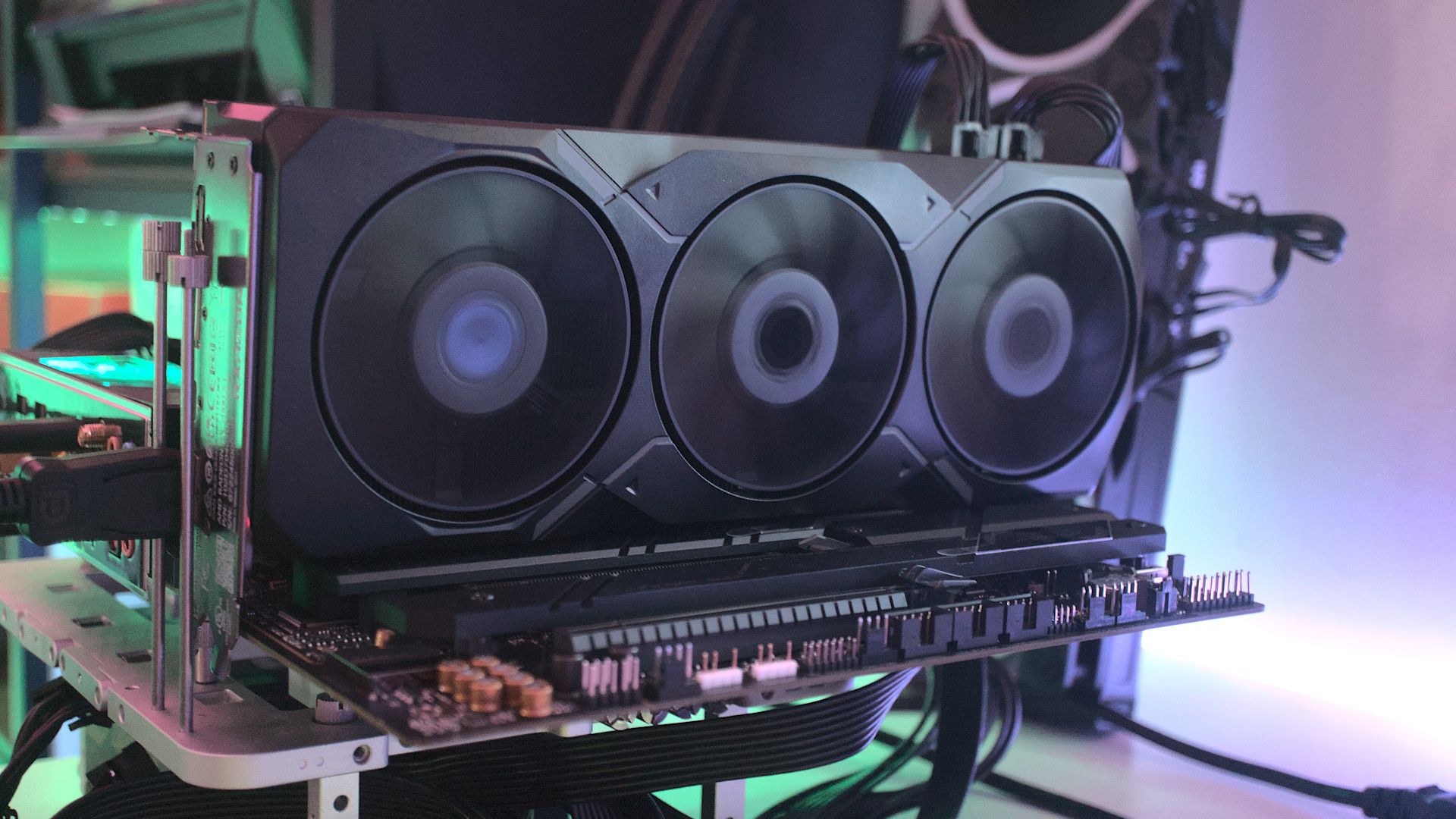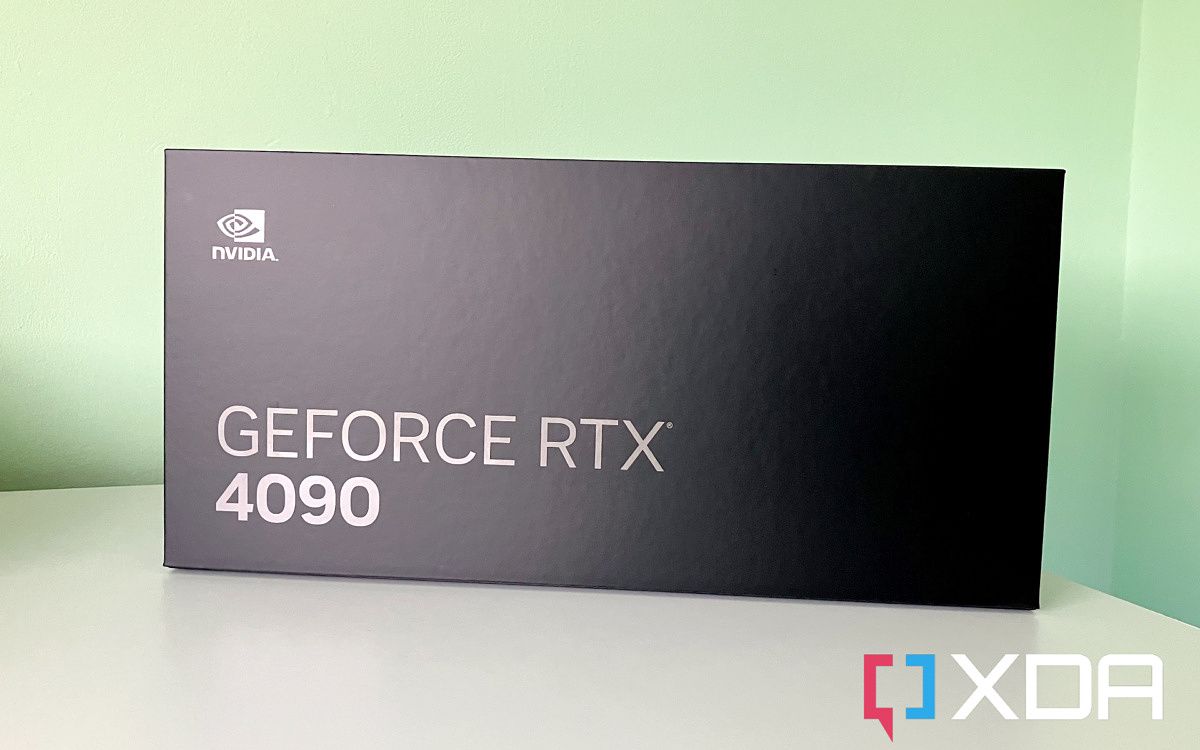It's no secret that I have a pretty cynical attitude about PC hardware these days, and one of the very last articles I wrote last year was about the terrible state of the PC in 2022. I didn't have high expectations for GPUs this year, and somehow, I've been impressed by how terrible things have turned out thus far. In fact, the Nvidia GeForce RTX 40/AMD Radeon RX 7000 generation is turning out to be perhaps one of the worst, if not the worst, generations in all GPU history.
The root cause is the total breakdown of the competitive dynamic between Nvidia and AMD, which used to keep prices in check. Both companies used to care about delivering the best product possible and winning with merit, but instead of racing for the top, Nvidia and AMD are now racing for the bottom. For Nvidia, that means introducing never-before-seen prices for graphics cards, while AMD has decided launching new GPUs just isn't a high priority. If this new scheme proves to be profitable, it may be intractable for PC gaming.
RTX 40 is inaccessible to those on a budget
Pretty much every new graphics card in this generation, whether it's AMD or Nvidia, is pretty expensive. Initially, that was because only the high-end models were available, but now that supposedly "midrange" cards are out too, it's becoming clear that high GPU prices are just a feature, not a bug.
For example, the RTX 4070 costs $600, which is much more expensive than the previous 70 class cards. The 3070 was $500, the 2070 was also $500, and the 1070 was $380 (you know, back when GPUs were reasonably priced). What's even crazier is that for $600, you get a GPU that's as fast as an RTX 3080, which means after two and a half years, the best Nvidia can do is a $100 discount for the same level of performance and just two gigabytes more VRAM.
Aren't we so lucky that Nvidia was so kind to relaunch it for $100 less under a less dishonest name?
What's sad is that the 4070 fits in the pattern set out by the whole of the RTX 40 series, with the 4090, 4080, and 4070 Ti costing as much as fully-built PCs. And speaking of the 4070 Ti, remember when it was supposed to be the RTX 4080 12GB with an MSRP of $900? Aren't we so lucky that Nvidia was so kind to relaunch it for $100 less under a less dishonest name?
I get it. RTX 40 brings a ton of extra performance, better power efficiency, better ray tracing, and DLSS 3, which in theory justifies the higher price tag. Once you factor in all the framerate boosts delivered by DLSS, it's supposed to offer the same value we enjoyed with the 30 series, the 10 series, and so on.
But value, no matter how good it is, can't make up for its high barrier to entry. With the RTX 4070 costing $600, how cheap can the entry-level RTX 40 card really cost? The 4060 will undoubtedly cost between $400–$600, and even if there's an RTX 4050 I strongly doubt it'll cost less than $300 (for reference, the cheapest 3050s sell for just under $300). Even if all the company's mythologizing about RTX and ray tracing and DLSS is true, that doesn't change the fact that $300 is quickly becoming too cheap for Nvidia.
AMD is taking far too long with RX 7000
One thing I could have never predicted is the way RX 7000 is unfolding, or rather how it isn't. We're nearly half a year into RX 7000, and we still only have the two original models: the RX 7900 XT and RX 7900 XTX. It's reminiscent of RX Vega, which only saw two high-end cards come out in 2017. But that was back when AMD was in a much worse financial situation and had plans to launch more Vega cards but never got around to it. With RX 7000, it's not that AMD is incapable, but rather that AMD is uninterested.
What's frustrating is that it's not like AMD simply isn't developing new RX 7000 gaming GPUs. In actuality, there are at least two more RDNA 3 GPUs that are ready to go and could be launched as desktop gaming cards. The RX 7000 mobile series is based on one monolithic processor (like RX 6000 cards, sans chiplets), and with up to 32 Compute Units (or CUs) it would be a great replacement for the RX 6600 or RX 6600 XT, perhaps as the RX 7600 (XT). The other is basically a cut down RX 7900 XT with 70 CUs; it was first launched as the Radeon PRO W7800, giving us a hint as to its potential gaming card name.
Whenever these cards and others end up launching (the RX 7600 XT is rumored for May, but this is entirely unconfirmed), it will be too late. Nvidia seems to be nearly done with launching the main members of the RTX 40 family, and although I just criticized RTX 40 for being expensive, I have to appreciate Nvidia's brisk pace in getting these cards out. AMD's pace has been downright lethargic by comparison.
This might kill desktop PC gaming for real
We've heard about the death of the desktop for years, and I can't help but imagine that the inaccessibility of current-generation GPUs might do some serious damage to the idea of desktop gaming. Only as long as stocks of RTX 30 and RX 6000 series GPUs last will you be able to buy a brand new (as in not second-hand) graphics card for less than $300, or maybe even $400 in a worst-case scenario. That would cause the price of a good budget PC that would normally cost $700 to cost closer to $1,000. That's a problem, to say the least.
You could just buy used graphics cards under normal circumstances. However, used GPUs are cheaper primarily because newer ones launch with a better bang for your buck. The GTX 1060, for example, forced the GTX 970 to become significantly cheaper since it was outclassed in efficiency and memory capacity. If the new entry-level is $300 to $400, there's far less pressure for used cards to compete with new ones.
What concerns me the most is that Nvidia and AMD aren't backing down from their maximalist positions. When demand goes down, they lower production instead of prices, and you can tell demand is way down since the RTX 40 and RX 7000 haven't been in short supply since launch. Voting with your wallet might not even be effective, because gaming GPUs are small fry to Nvidia and AMD, and they would rather be committing more manufacturing capacity to server chips with fat margins, hence the lack of serious competition.
The graphics card is almost, without exception, the most crucial component in a gaming PC, and if people can't afford it, they're going to explore alternatives. Valve and Asus are opening the way with handheld gaming PCs, gaming laptops are still an alright choice, and cloud PC gaming is still making inroads despite the failure of Stadia. PC gaming will be fine, it's just the desktop that's not well.




